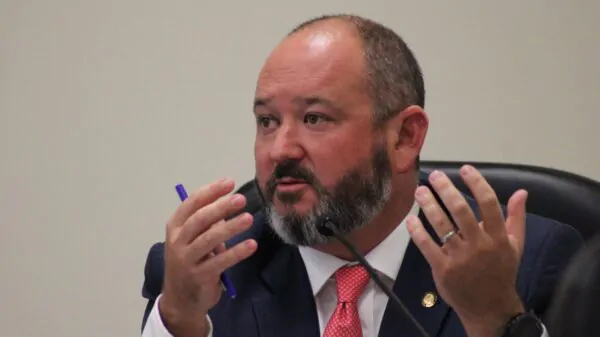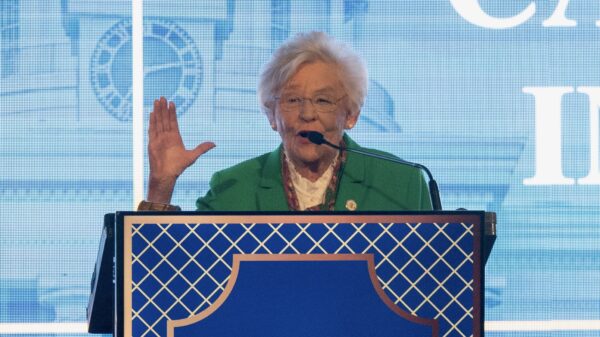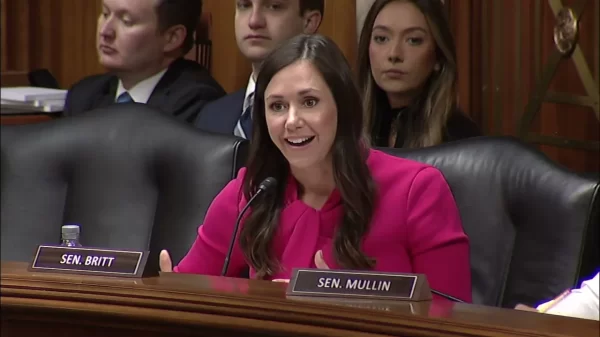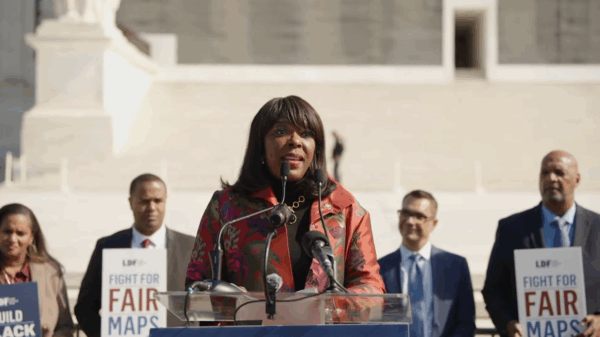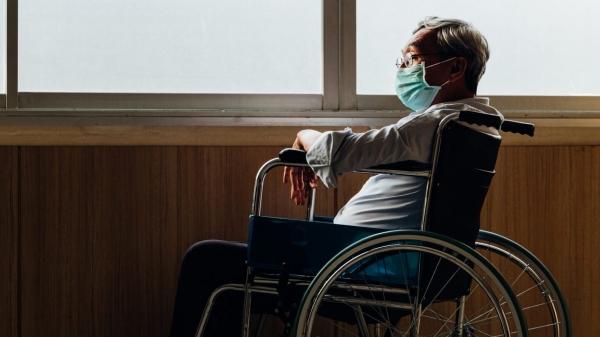The COVID-19 pandemic has exposed to greater public and media attention the disparities in health and health care faced by racial minorities in the United States. Data consistently show that minorities have experienced disproportionate rates of illness and death from COVID, reflecting their increased risk of exposure to the virus due to living and working situations, as well as underlying health conditions and barriers to health care access.
However, health and health care disparities certainly did not arrive with the pandemic. These are longstanding challenges exacerbated by COVID and reflecting structural and systemic inequities.
Across a broad range of health measures – including infant mortality, pregnancy-related deaths, life expectancy, and overall physical and mental health – racial minorities fare notably worse compared to their White counterparts.
Addressing these disparities is important not only from the standpoint of racial equality, but also for improving the overall health and economic well-being of our nation. One recent national study found a potential gain of $125 billion per year to the U.S. economy if racial disparities in health are eliminated.
As physicians, we have an unwavering commitment to value all people equally and treat them equitably. We recognize that eliminating inequities and disparities in health requires ensuring our efforts never exclude, discriminate or cause harm.
We must also acknowledge and repair past harms whenever possible. Eighty years ago, the Medical Association gave to the state a statue of Dr. J. Marion Sims that lies on the grounds of the state Capitol. Since then, and especially recently, events and societal changes have brought about a needed re-examination of Dr. Sims’s legacy.
As the American Medical Association, of which Dr. Sims served as president in 1876, has stated, “the historical record clearly shows that his renowned medical innovations were developed through countless rounds of non-anesthetized vaginal surgical experimentation” upon several enslaved women.
The Medical Association of the State of Alabama encourages greater public recognition and attention for these enslaved women. To honor their memory, we are providing financial support for the monument in Montgomery known as the “Mothers of Gynecology” that commemorates their lives and their important role in the advancement of health care.
Beyond these steps, the Medical Association is also working to find solutions for improving health in rural areas, with a particular emphasis on the Black Belt. We are encouraging health professionals to practice in these underserved areas through medical scholarships and continue to support funding for research that addresses maternal mortality. In addition, productive meetings we’ve held with local officials in the Black Belt are offering opportunities to explore ways to address other health care disparities.
Expanding Medicaid is key to both promoting racial equity and improving access to health care in rural areas of Alabama. Nearly half of uninsured Alabamians with low incomes are people of color, even though people of color make up only one-third of the state’s population. This is completely unacceptable. As an active partner in the Cover Alabama Coalition, the Medical Association has joined with more than 90 other organizations to advocate for Medicaid expansion, which will help give Alabama a sustainable health care system that can provide quality, affordable health coverage.
There is much to do to overcome racial disparities. Advancing health equity requires a dedicated, coordinated and honest approach to this challenge. The Medical Association of the State of Alabama will continue to champion important changes that improve health outcomes for all.




